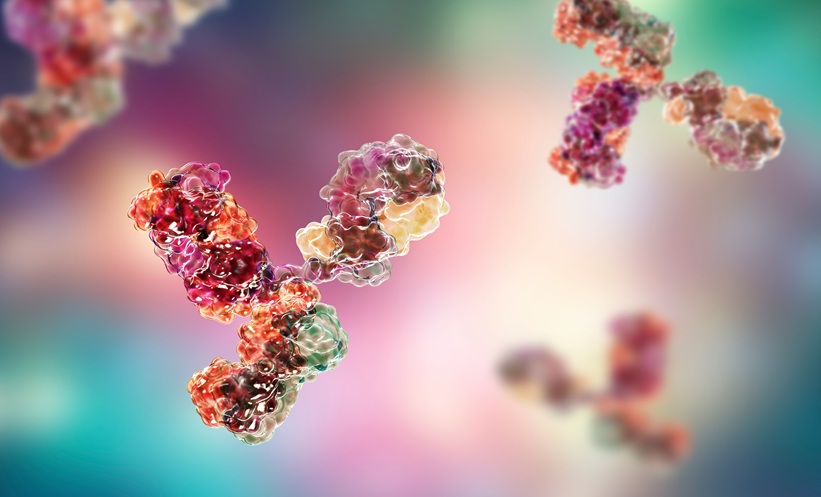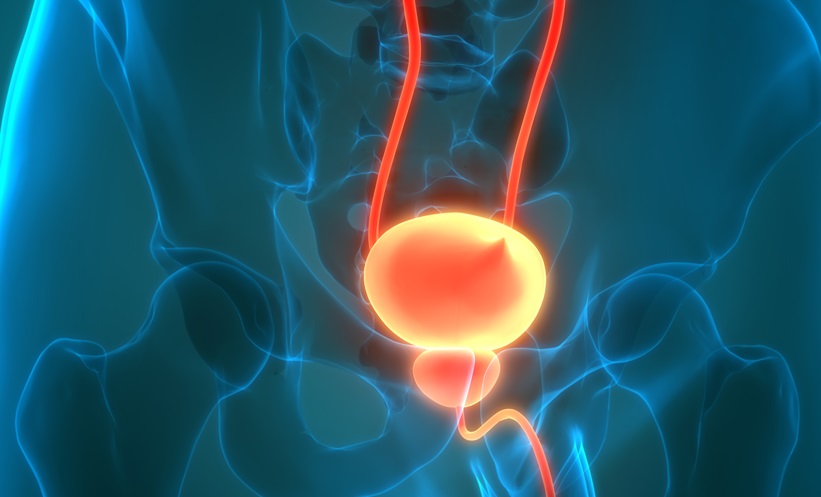BLADDER CANCER remains a significant global health challenge, particularly among older adults and smokers, and is defined by high recurrence rates and the propensity to progress from non-muscle invasive (NMIBC) to the more dangerous muscle-invasive form (MIBC). With limited early-detection tools and only modest improvements in survival for advanced disease, clinicians urgently need reliable biomarkers to improve prognostication and therapeutic decision-making.
Epithelial cell adhesion molecule (EpCAM) has attracted attention as a candidate marker. EpCAM is a transmembrane glycoprotein that regulates cell adhesion, proliferation, migration and epithelial-to-mesenchymal transition, and is frequently overexpressed in epithelial malignancies. Antibodies such as MOC-31 can detect EpCAM and have been used diagnostically in other tumours, but their significance in bladder cancer has been inadequately explored.
In this retrospective single-centre study, tissue microarrays and immunohistochemistry with the MOC-31 clone were employed to evaluate EpCAM expression in a Saudi cohort. Although tissue microarrays permit high-throughput screening, limitations include small core size and potential antigen loss. The study found EpCAM positivity in 51.7% of cases, with expression observed in both NMIBC and MIBC, implying that EpCAM upregulation occurs early and persists during progression. Statistical analyses showed no significant associations between MOC-31 reactivity and standard clinicopathological variables, while survival analysis indicated a non-significant trend towards improved outcomes with higher EpCAM expression, a finding broadly consistent with available TCGA data.
Computational immune deconvolution revealed that higher EpCAM levels were associated with shifts in immune cell composition, positive correlations with naïve B cells, naïve CD4+ T cells, M0 macrophages and resting NK cells, and inverse associations with activated memory CD4+ T cells and myeloid dendritic cells. EpCAM expression correlated with immune regulatory genes including CTLA-4, PD-L1 and LAG-3, suggesting potential for combined EpCAM-targeted and checkpoint-based therapies.
While the results support EpCAM as a promising biomarker and therapeutic target, the study is constrained by its retrospective design, modest sample size and single-centre scope. Larger, prospective multicentre studies are required to validate MOC-31’s prognostic utility in bladder cancer and to clarify mechanistic links between EpCAM and the tumour immune microenvironment, which could guide future targeted treatments. EpCAM-directed trials warrant urgent further investigation.
Reference
Nedjadi T et al. The clinical value of the EpCAM biomarker and its association with immune cell infiltration in bladder cancer. Diagn Pathol. 2025;20(1):96.







